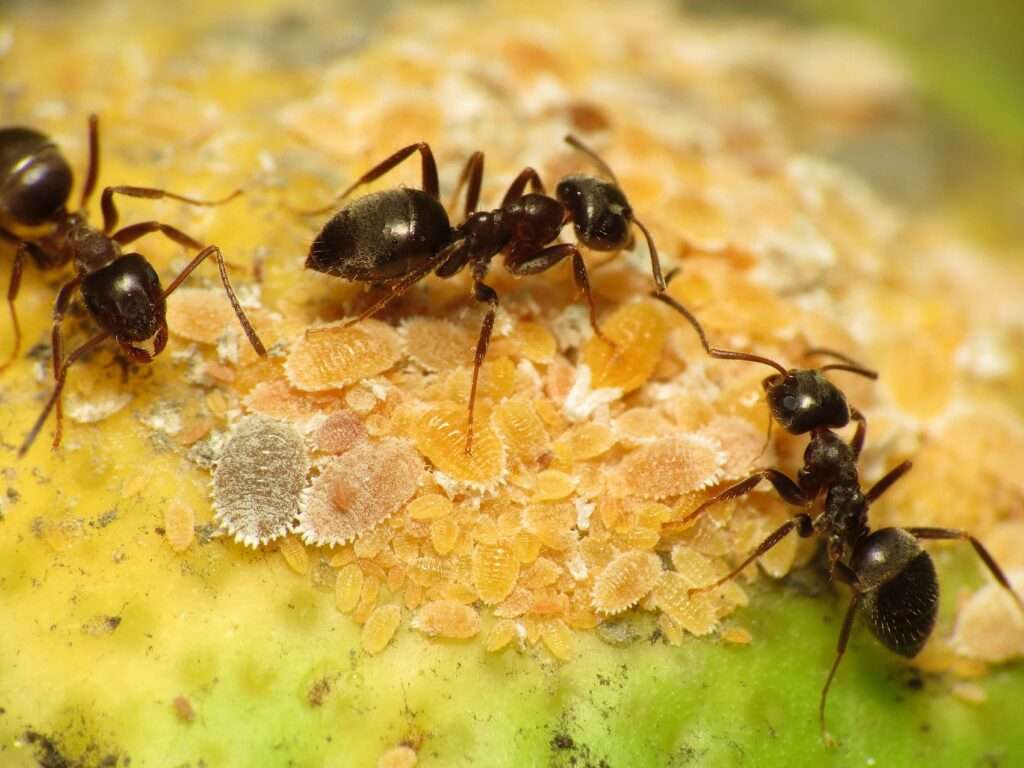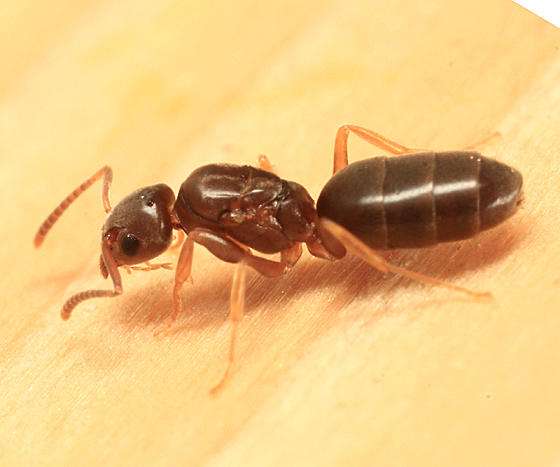
The black garden ant commonly referred to as the common black ant, is a formicine ant that is widespread in Europe as well as in some regions of North America.
It is monogynous, which means that each colony has a single queen.
How do they appear?
Black or dark brown describe the 4-6 mm long, wingless workers of the Black Garden Ant. They are generally found in large groups, either near their ground nests or following one another as they leave scent trails behind them through paved and unpaved areas, over walls, and inside of structures. Only when the nest has been pulled out is it possible to see the larger, darker (up to 15 mm long), and larger queen. She has a medium brown color. The fertile males and females are only momentarily discernible as swarms of flying ants.

Habitat
White Garden Ants prefer to nest in humus and dry soil. They are ubiquitous in dry grasslands and heaths; however, people typically only discover their nests in gardens—in flower beds, lawns, and beneath paving stones. They hunt widely for food from their nests through scent-marked paths through ground flora and dirt, but most notably across paved surfaces and into homes, where they are drawn to sugar and crumbs.
Long-lived queens
Although worker ants only live a few months, queen ants can live up to 29 years, which is the greatest longevity ever recorded for a eusocial insect. Queen ants normally live for about 15 years. Understanding the reasons why queens live longer has implications for the general unsolved biological mystery of aging’s causes. In a study on long-lived queen ants, it was discovered that the genes involved in digesting damaged macromolecules are expressed more highly in queens than in genetically similar workers.
Behavior
The aggressive and active species Lasius niger. We still think they are nice despite the fact that their feeble mandibles rarely irritate our skin.
Nest
Nests prefer to be located under stones or other heat-producing objects and build their nests in the sand or mud. The species can also be discovered in tussocks, on the ground, in lawns, on paved surfaces, or next to plants.
Table





